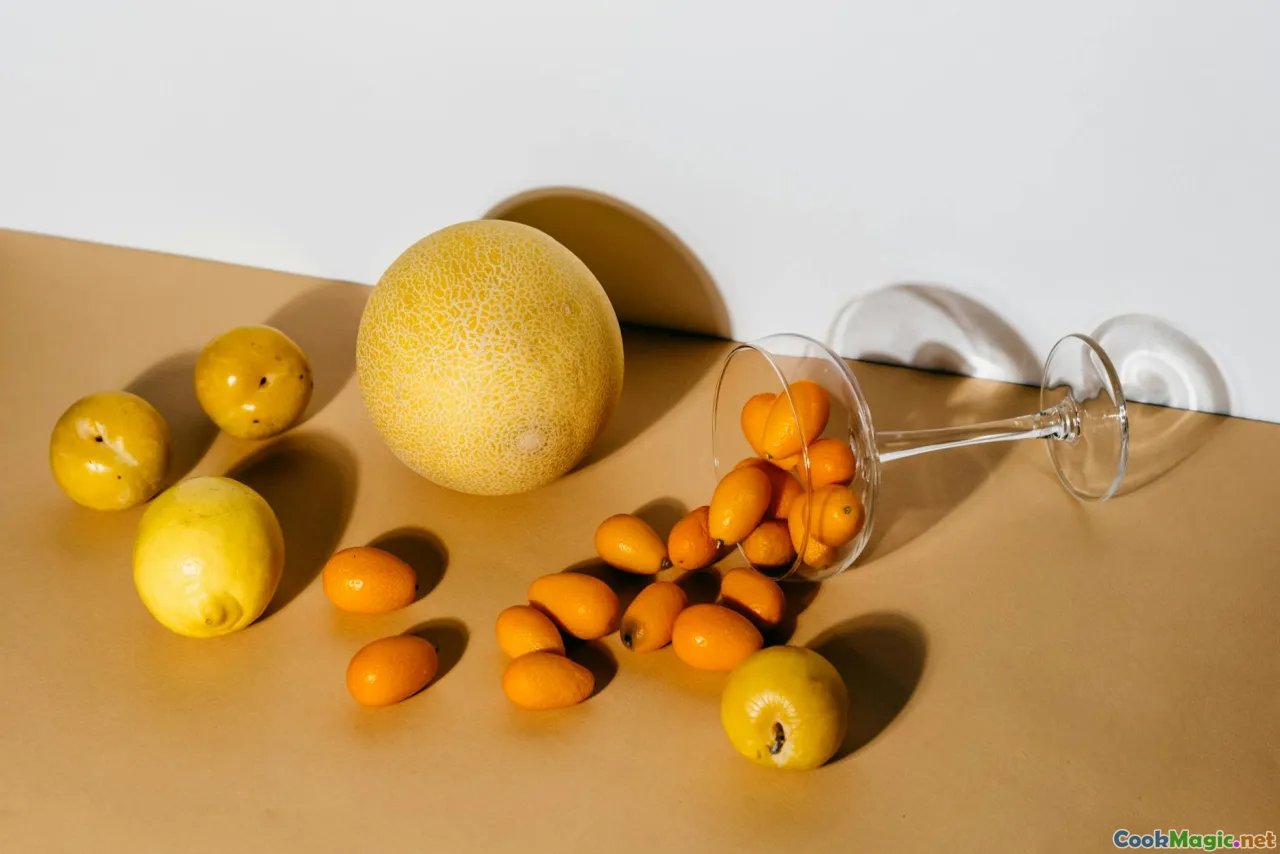Balancing Sweet and Sour Flavors in Hungarian Cuisine
7 min read Discover the rich tradition of Hungarian cuisine and how masterful balancing of sweet and sour flavors creates unforgettable dishes. April 20, 2025 18:00
Balancing Sweet and Sour Flavors in Hungarian Cuisine
Hungarian cuisine is a tapestry woven with bold flavors, vibrant colors, and a profound sense of history. Among its most captivating culinary features is the artful balance of sweet and sour tastes—a harmony that transforms humble ingredients into extraordinary dishes. This delicate interplay is not just a flavor strategy; it’s a reflection of Hungary’s rich cultural heritage, its diverse geography, and its centuries-old culinary evolution.
The Cultural and Historical Significance of Flavor Harmony
Hungary’s geographical position at the crossroads of Central Europe has made its cuisine a melting pot of influences—from Ottoman spices to German hearty stews, and Slavic comfort foods. Throughout centuries, Hungarian cooks have perfected the craft of balancing contrasting flavors, with sourness often derived from local fruits, fermented vegetables, or vinegar, and sweetness from fruits, sugar, or honey.
This flavor harmony is deeply embedded in Hungarian identity. It’s evident in traditional dishes like Gulyás (goulash), where paprika and tomato provide a natural tang, balanced by the richness of beef and potatoes. Or in Szilvásgombóc (plum dumplings), where sweet plums bursting with juice are accented by a subtle sourness, creating a perfect equilibrium.
The Heart of Hungarian Flavors: Key Ingredients and Techniques
1. The Role of Fruits and Fermentation
Hungarian cuisine makes liberal use of fruits—plums, sour cherries, apricots, and apples—both fresh and preserved. These fruits are often the backbone of dishes that require a touch of acidity or sweetness. For example, sour cherries are essential in Cherry Soup (meggyleves), a cold, refreshing starter that combines tart cherries with a hint of sugar.
Fermentation is another cornerstone, especially in preparing sauerkrautorfermented peppers, which add a tangy depth to stews and salads. The fermentation process not only preserves ingredients but also enhances their sour profile, adding complexity.
2. Paprika: The Flavor Catalyst
Hungarian paprika, made from ground sweet or hot peppers, is more than a spice—it’s an emotional symbol of Hungarian cooking. It lends a warm, smoky sweetness balanced by acidity from tomatoes or vinegar in many dishes.
3. Vinegars and Pickles
Vinegar-based condiments and pickled vegetables are common in Hungarian kitchens, providing sharpness and brightness. Pickled cucumbers and peppers serve as palate cleansers and flavor enhancers, emphasizing the sour element.
4. Sweeteners and Fruits
Honey and sugar are used judiciously to mellow acidity and create depth. Fruits like apricots and plums are often cooked into sauces or used as fillings, their natural sweetness counterbalancing sour notes.
Signature Dishes Demonstrating the Balance
Gulyás (Goulash)
A national treasure, gulyás is a hearty stew that exemplifies the balance of sweet and sour. The rich base of beef, onions, and potatoes is flavored with paprika, which imparts a smoky sweetness. Tomatoes and bell peppers add a subtle tang, while a splash of vinegar or sour cream at the end enhances the acidity.
Szilvásgombóc (Plum Dumplings)
Soft, tender dumplings filled with sour plums are a beloved Hungarian dessert. The sourness of the plums is offset by a sweet breadcrumb coating and a dusting of powdered sugar, creating a delightful contrast of flavors.
Lecso (Pepper and Tomato Stew)
This vibrant dish combines sweet peppers, ripe tomatoes, and onions, simmered to develop a sweet-sour harmony. Often served with fresh bread or sausage, lecso’s balance is achieved through careful seasoning with vinegar and sugar.
Fisherman’s Soup (Halászlé)
A spicy, intensely flavored fish soup that uses vinegar and paprika to achieve its signature tang and warmth. The sourness enhances the freshness of the river fish, creating a lively, invigorating dish.
Personal Reflections and Culinary Insights
Having traveled extensively through Hungary, I’ve come to appreciate how the balancing act of flavors elevates everyday meals into cultural experiences. One memorable moment was enjoying a plate of Pörkölt (stew) in a small village, where the cook added a splash of vinegar to lift the flavors just before serving. The tang heightened the aroma of paprika and slow-cooked meat, making each bite a revelation.
In my own kitchen, I often experiment by pairing sweet fruits like apricots with a dash of vinegar in sauces for roasted meats. This technique, rooted in Hungarian tradition, creates a complex flavor profile that surprises the palate.
How to Master the Balance at Home
- Start with quality ingredients: Fresh, ripe fruits and vegetables are essential.
- Taste and adjust: Add acidity gradually—vinegar, lemon juice, or fermented products—adjusting sweetness accordingly.
- Use traditional spices: Paprika, caraway, and bay leaves form the backbone of authentic flavors.
- Experiment with pairing: Combine sweet and sour elements in sauces, stews, and even desserts.
Final Thoughts
The art of balancing sweet and sour flavors in Hungarian cuisine is much more than a culinary technique; it’s a reflection of Hungary’s history, geography, and soul. This harmony creates dishes that are not only flavorful but also emotionally resonant, inviting diners to experience a taste of Hungary’s vibrant cultural landscape.
Whether you’re savoring a spoonful of plum dumplings or enjoying a hearty goulash, remember that the magic lies in the delicate dance between sweet and sour—an eternal duet that continues to define Hungarian culinary identity.









